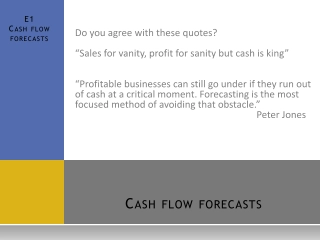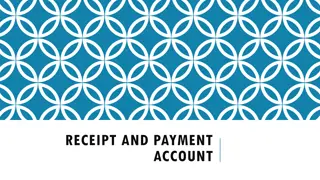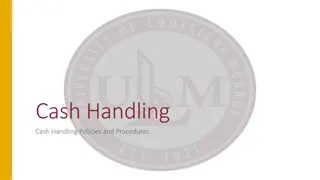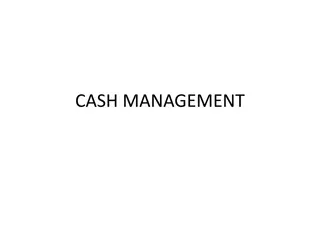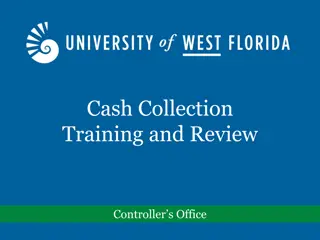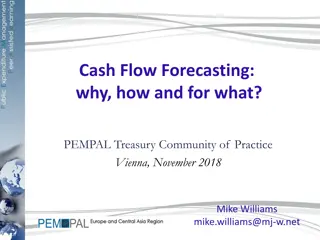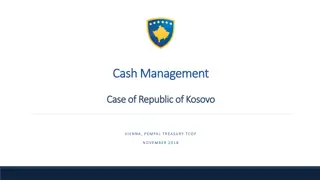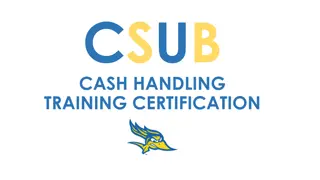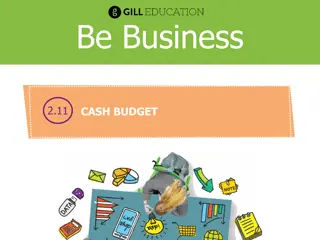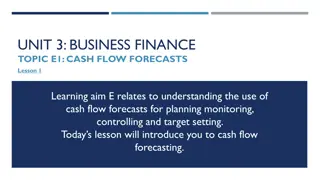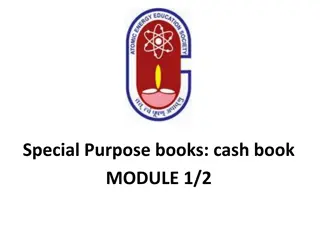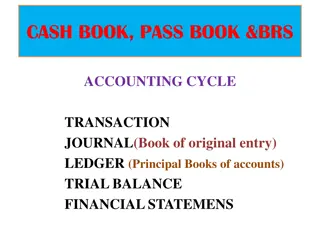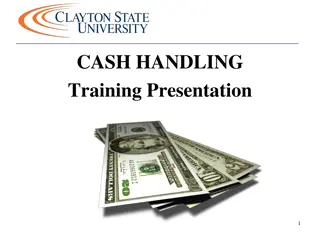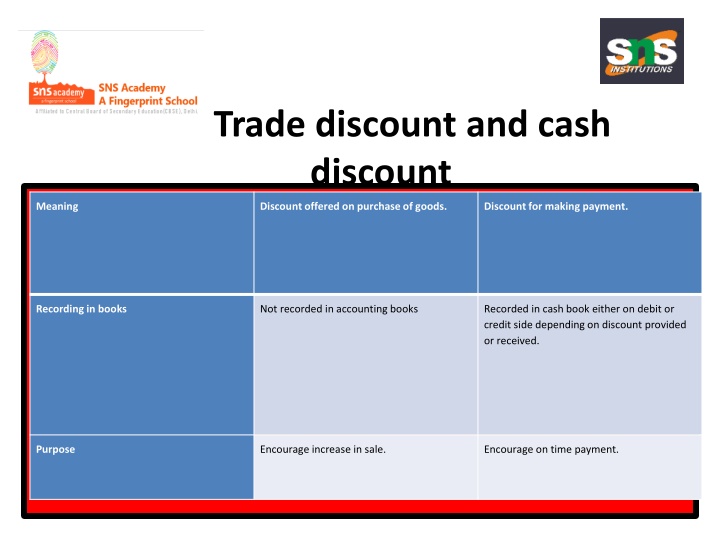
Trade Discounts, Cash Discounts, and Accounting Principles
Explore the concepts of trade discounts and cash discounts, their significance in encouraging sales and timely payments, as well as the accounting treatment of return inwards, return outwards, and balance in financial transactions. Delve into the roles of petty cash books and imprest amounts in managing petty expenses efficiently.
Download Presentation

Please find below an Image/Link to download the presentation.
The content on the website is provided AS IS for your information and personal use only. It may not be sold, licensed, or shared on other websites without obtaining consent from the author. If you encounter any issues during the download, it is possible that the publisher has removed the file from their server.
You are allowed to download the files provided on this website for personal or commercial use, subject to the condition that they are used lawfully. All files are the property of their respective owners.
The content on the website is provided AS IS for your information and personal use only. It may not be sold, licensed, or shared on other websites without obtaining consent from the author.
E N D
Presentation Transcript
Trade discount and cash discount Meaning Discount offered on purchase of goods. Discount for making payment. Recording in books Not recorded in accounting books Recorded in cash book either on debit or credit side depending on discount provided or received. Purpose Encourage increase in sale. Encourage on time payment.
Return inwards and Return outwards. . Meaning Goods returned to business by their customers Goods purchased by business are returned to the suppliers. Balance It has debit balance. It has credit balance. Treatment Deducted from Sales in the Trading Account. Deducted from Purchases in the Trading Account.
Balance It has debit balance. It has credit balance. Treatment Deducted from Sales in the Trading Account. Deducted from Purchases in the Trading Account. Issued Credit note is prepared by the seller. Debit note is prepared by the buyer. Reduction Reduces the payment from the Debtors. Reduces the payment made to the Creditors.
. Petty Cash Book Petty Cash Book is used for recording payment of petty expenses, which are of smaller denominations like postage, stationery, conveyance, refreshment, etc. Person who maintains petty cash book is known as petty cashier and these small expenses are termed as petty expenses. It is prepared by two methods: 1. Ordinary system: In this case, a fixed sum of money is paid to petty cashier for the payment of petty expenses and after spending the whole amount, the account is submitted by the petty cashier to the main cashier. 2. Imprest system: In this case, a fixed sum of the money is given to the petty cashier in the beginning of a period and at the end of the period the amount spent by him is reimbursed, so that he has a fixed amount in the beginning of every new period
:Imprest amount is an amount of money given by the main cashier to the petty cashier in the beginning of a period. At the end of the period, the amount spent by the petty cashier gets reimbursed in such a manner, that he has the same amount of cash in hand in the beginning of next period. For example, if the main cashier gives an imprest amount of Rs 1,000 to the petty cashier on April 01, 2011 and at the end of the month the petty expenses amount to be Rs 850, which is spent by the petty cashier during the month. In this case, Rs 850 will be reimbursed, so, that on May 01, 2011, the petty cashier will have Rs 1,000 at his disposable to meet petty expenses for the next month


